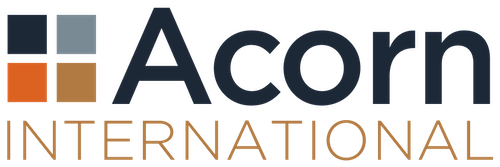ISSUE 50: The Challenge of Mine Tailings and People Downstream
Authors: Dean Slocum and Chris Anderson
As mining companies worldwide prepare to meet an expanded and comprehensive new waste or tailings management standard, many have yet to focus on how they will conform with what are probably the standard’s most difficult requirements.
The Global Industry Standard for Tailings in Mining (GISTM) was issued by a multilateral group in August 2020 in response to a series of disastrous mine waste facility failures[1]. The Standard includes 77 requirements under 15 general principles. While the requirements relate largely to technical aspects of tailing facility design, management and monitoring, the first and the last of the 15 principles relate specifically to Affected Communities and Public Disclosure respectively.
Professor Deanna Kemp, a member of the committee that drafted GISTM, stated in her retrospective publication Credibility Crisis how significant the affected communities’ elements are to the Standard, stating that “The positioning of this section on affected communities at the beginning of the Standard is…intended to send a strong signal about what is most important – ensuring people are not harmed by tailings facility failures.”[2]
What Does GISTM Require Regarding Communities?
Among the Principle 1 requirements are:
- Demonstrating a respect for human rights, including performing human rights due diligence assessment
- Obtaining and maintaining “Free, Prior and Informed Consent” where a new tailings facility may impact Indigenous People
- Demonstrating that project-affected people are “meaningfully engaged” throughout the mine tailings life cycle
- Establishing and maintaining a non-judicial Grievance Mechanism to address community concerns about the tailings facility
On paper, these requirements seem simple enough to satisfy. But our experience and analysis reveal that to the extent that such programs are in place for tailings facilities, many operators are far from able to demonstrate effective and consistent implementation of these measures.
Why Is This Such an Important Challenge?
The prioritization of communities potentially at risk has been done in the Standard for several reasons:
- It is the right thing to do;
- The number of tailings dam failures since 1962[3] has been increasing and communities and workers are likewise impacted;
- Without proper consultation and accurate information and planning, communities and regulators fear the worst, thus impacting permitting and reputations.
Why do mining operations not involve potentially affected communities?
Companies often underestimate dam risks, trusting methodologies and data from consultants who may have been part of the design of the dams in the first place. Managers say that they do not want to unnecessarily alarm communities when, as they believe, the risk is low. Company personnel maintain that the issues are too technical, and that the community people will not understand. NGOs will use the information against the mine. There is also the sometimes ‘siloing’ of the technical people from the community relations teams.
What Should You Do?
Companies preparing to conform with GISTM should not underestimate this “soft” but critical aspect of the Standard, as the time and expertise needed to meet these requirements can be every bit as demanding as needed to meet the technical and governance requirements. Here are some suggestions for those still getting started:
- Ensure your community relations team is working actively and in an integrated fashion with your technical experts on GISTM gap assessment and implementation plans
- Don’t under-estimate the level of effort – and the time and specialized expertise – required to address the increasingly complicated and risky community elements (understand what “meaningful engagement” means to your operation and affected communities and what you need to do to demonstrate you have a sustainable program to consistently deliver this).
- Conversely, be practical – don’t assume GISTM requires you to perform extensive community baseline studies, impact assessments or perception surveys if you already have social risk management practices in place that have been determined by qualified experts to meet “good international industry practice” norms.
- Be prepared to share more information publicly than you have in the past, and develop the internal competencies and discipline needed to not just inform, but actively engage your affected communities in the tailings management evaluation, design and planning process.
- Consider participatory feedback and monitoring. Often, if you have good knowledge of and an ongoing relationship with the potentially impacted communities, it is just a matter of bringing them into the whole picture (both the potential negatives and the low risk). Seek their views on specifics of emergency planning (routes, signage, who does what, etc.).
- Don’t forget your workforce in information sharing and planning.
We’re here to help as you work through these challenges. Give us a call.
[1] Including two recent dam failures in Brasil – a 2015 failure that caused massive environmental damage and 19 deaths (Sanmarco) and a 2019 failure that killed 270 people (Brumadinho).
[2] Credibility Crisis: Brumadhinho and the Politics of Mining Industry Reform, Andrew Hopkins & Deanna Kemp, Wolters Kluwer. Sydney, 2021:57.
[3] Chronology of major tailings dam failures (wise-uranium.org)
Acorn International delivers the expertise, solutions and assurance that global businesses need to thrive in high-risk environments amidst community opposition, environmental liabilities and shareholder activism. We work with attorneys every day, and we serve as trusted ESG experts – with on-the-ground teams in >70 countries – for some of the world’s largest energy, mining and finance companies.
News & Notes

Acorn International
1702 Taylor St, Suite 200B
Houston, TX 77007, USA
1213 Purchase St
New Bedford, MA 02740, USA
